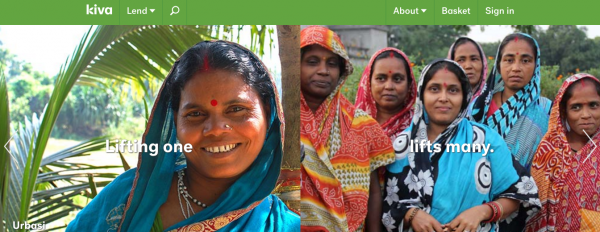
Micro loans help small borrowers start or continue enterprises, even if the borrowers cannot put up collateral. Giving such loans to women in developing countries has been widely touted as a way to help them and their families economically – and also boost the social status of women in societies where relations between men and women are very unequal. Do micro loans work to achieve these goals? Our research looked at this issue in Bangladesh and discovered that it takes more than increments of economic help to improve the social status of women.
Results of a Project Meant to Help Women
Our recently completed research project analyzed data collected as part of the Chronic Poverty and Long Term Impact Study in Bangladesh. Various development initiatives over a 10 year period were examined in this study, which used panel surveys, life-history interviews, and focus groups to learn how programs have influenced family decision making and the control of resources by various household members. Our research focuses specifically on women’s participation in the “fishpond program,” an economic development project implemented in the Jessore District of Bangladesh.
The fishpond program aimed to improve economic wellbeing and nutritional standards for women and their families, and at the same time hoped to empower women and improve their social status. Women in a dozen different villages were offered both technical training and credit to help them develop group fishponds using innovative techniques. The female recipients were selected by a non-governmental organization based on economic need.
As the program unfolded, it was evaluated by researchers who interviewed husbands and wives shortly after the project was launched and again ten years later. Of course the researchers wanted to see if the fishponds improved the economic and nutritional status of families, but in addition they probed how the new economic activities of women grantees influenced their social status. Would their marriages improve as a result of the program? Would the women report less domestic violence? Would women come to own a greater share of the marital property after they became more important economic providers? Would both spouses report that women were more equal partners in their marriage? more...

 Research to Improve Policy: The Scholars Strategy Network seeks to improve public policy and strengthen democracy by organizing scholars working in America's colleges and universities. SSN's founding director is Theda Skocpol, Victor S. Thomas Professor of Government and Sociology at Harvard University.
Research to Improve Policy: The Scholars Strategy Network seeks to improve public policy and strengthen democracy by organizing scholars working in America's colleges and universities. SSN's founding director is Theda Skocpol, Victor S. Thomas Professor of Government and Sociology at Harvard University.